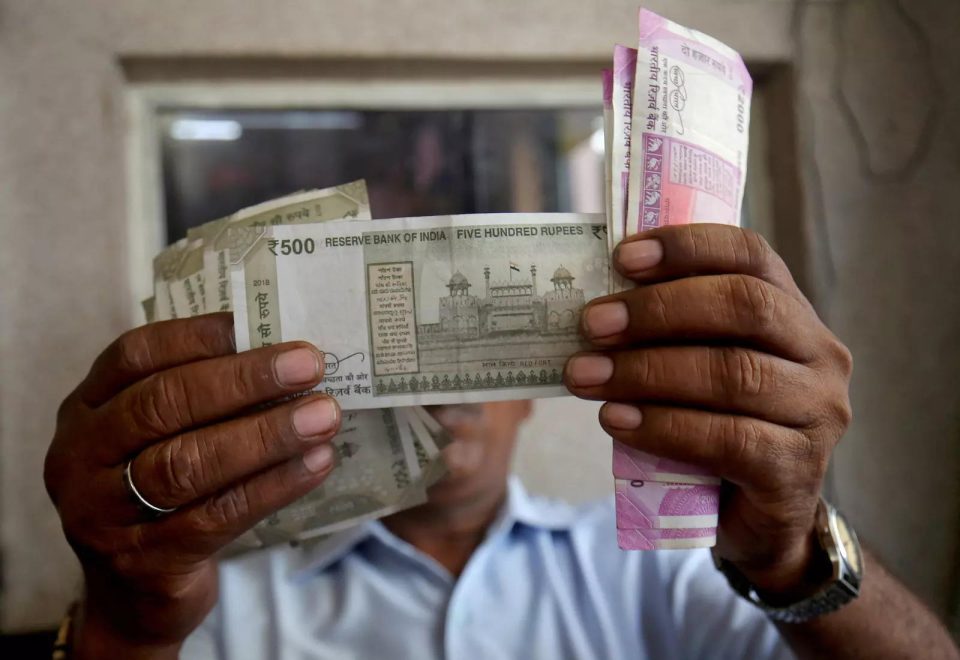Economists have revised their forecast for India’s current account deficit, citing favourable trade trends that have strengthened the rupee.
According to a report by Bloomberg, Barclays Plc has lowered its estimate for the gap in the current account to 1.9% of gross domestic product (GDP) in the year starting April 1, down from a 2.3% deficit estimated earlier. Meanwhile, Citigroup has reduced its forecast to 1.4% of GDP from 2.2%.
The decreasing deficit will help the rupee, vulnerable to a sell-off due to India’s twin deficits in the Budget and current account. A narrowing shortfall will also reduce the Reserve Bank of India’s dependence on foreign inflows to stabilise the currency.
India’s foreign trade has also been supported by its services exports. The surplus from services trade in February was $14.6 billion, following a revised excess of $13.8 billion in January. Services exports amounted to nearly $30 billion in both months, representing a year-on-year increase of approximately 40%. This growth is partly due to the contribution of large multinational corporations’ Global Capability Centers (GCCs). HSBC Holdings Plc noted that India currently houses around 40% of global GCCs, and this proportion is expected to expand as their scope increases.
Barclays’ head of foreign-exchange and emerging-market macro strategy research in Singapore, Ashish Agrawal, expressed optimism, saying, “We find it encouraging that the trade deficit is continuing to narrow and services exports are holding up well.” He believes the lower current account deficit will somewhat reduce the Reserve Bank of India’s dependence on financing flows and dollar sales. However, economists remain cautious about the rupee due to the Reserve Bank of India’s efforts to build up its reserves at every opportunity and the volatility in the global market.
According to Madhavi Arora, Lead Economist at Emkay Global Financial Services Ltd, the rupee will likely experience a boost in value as the dollar weakens due to the improving external sector fundamentals and relatively cheap valuations. However, she cautions that the global situation is constantly changing, which could harm the global risk appetite for emerging market assets, including the rupee. Thus, it is also essential to monitor the capital account side.






